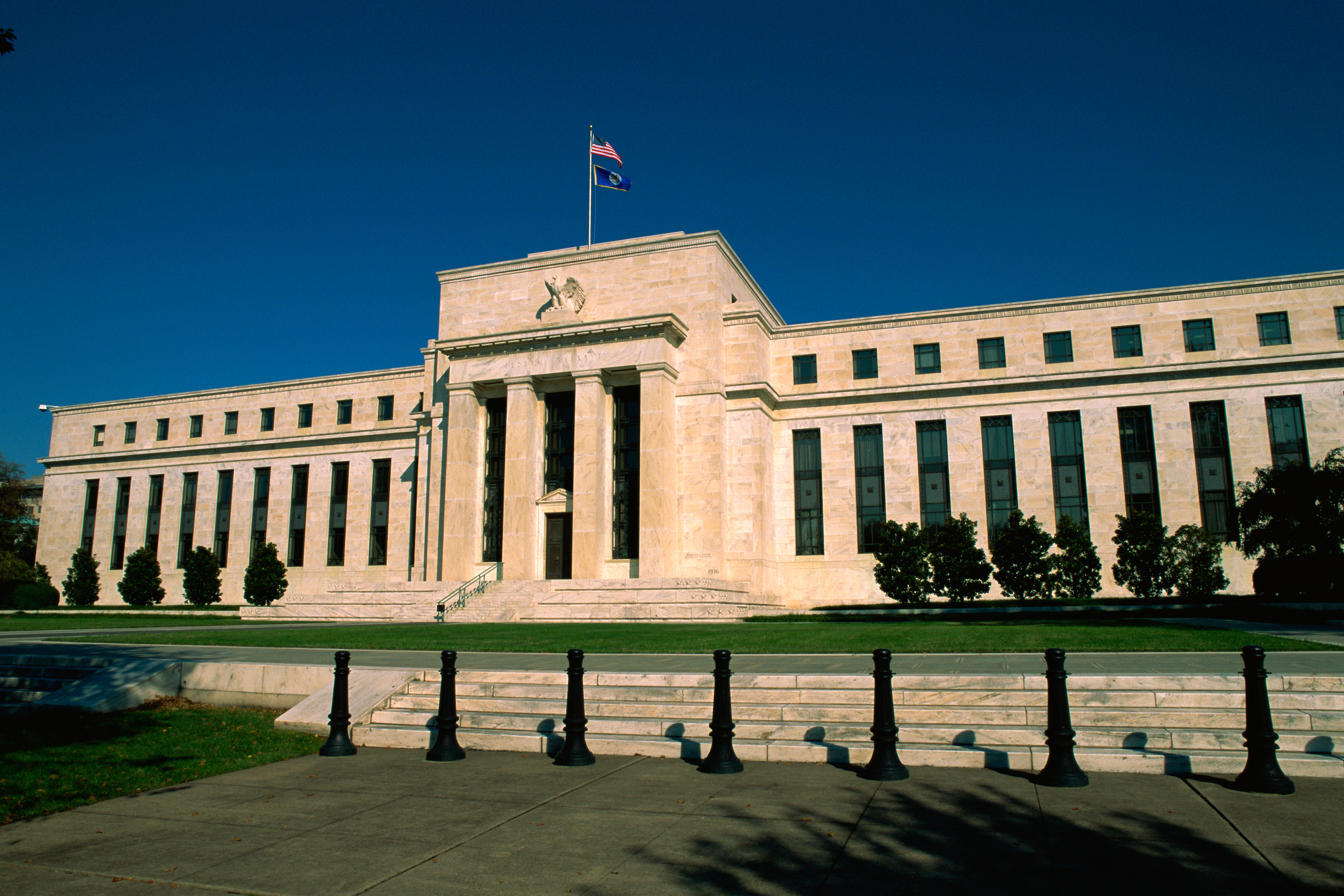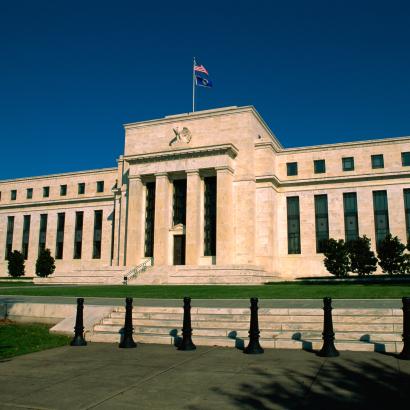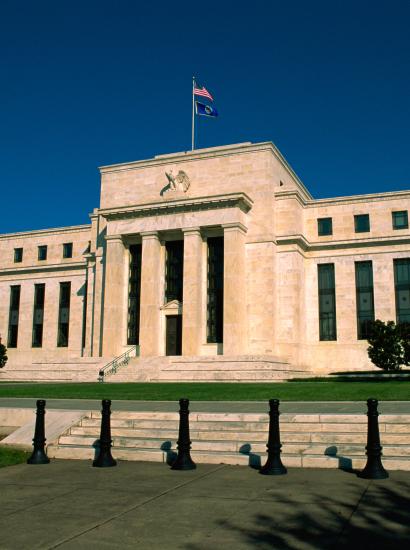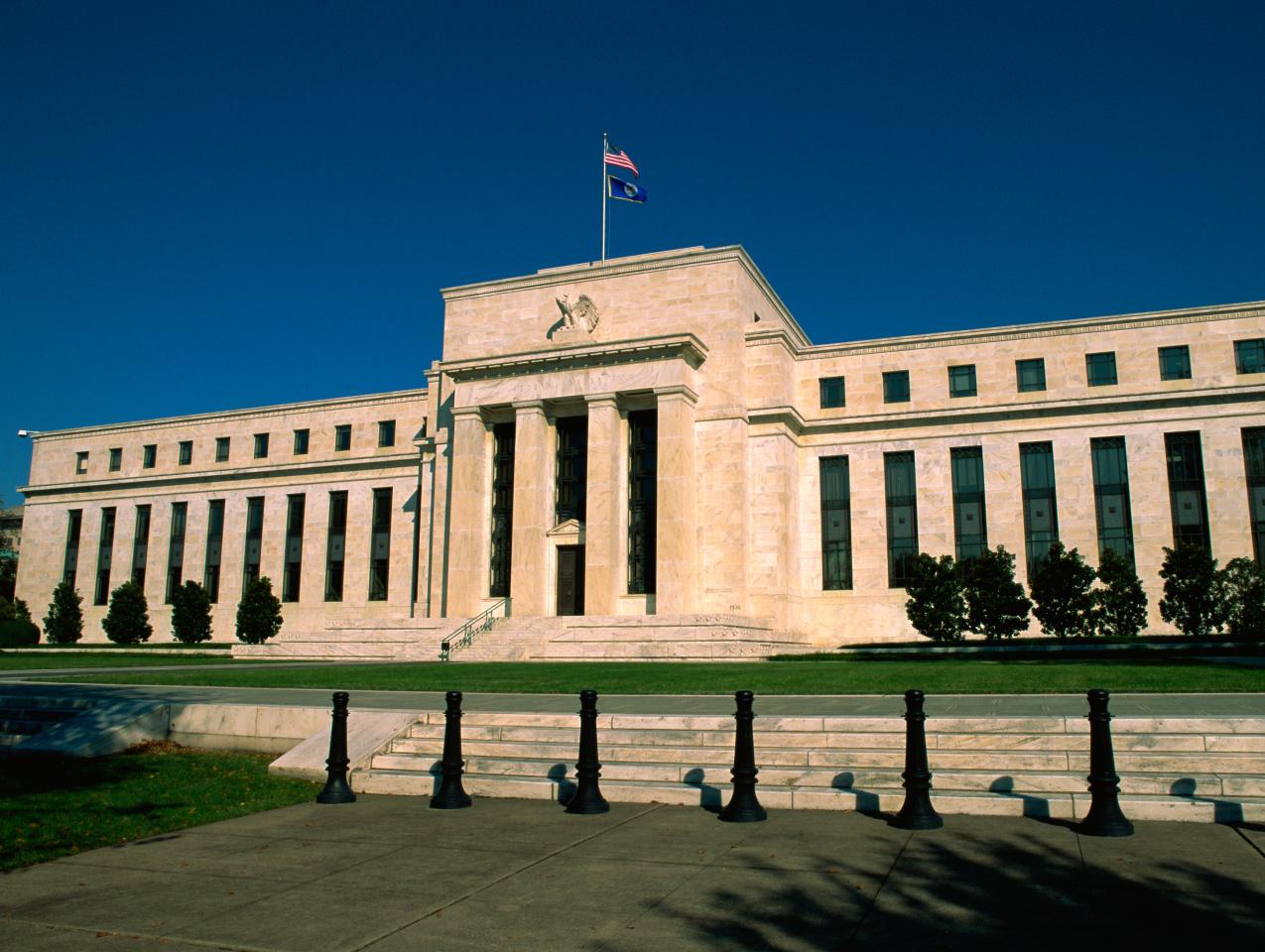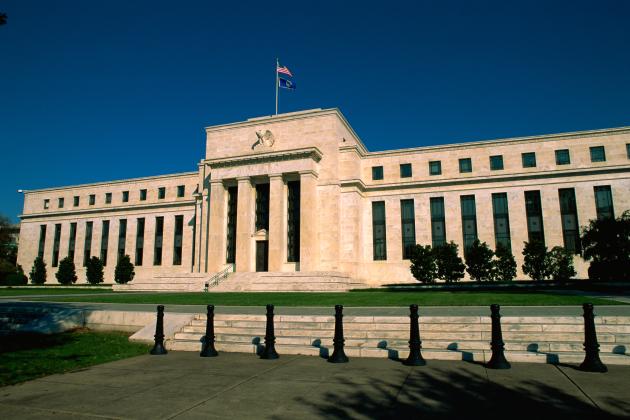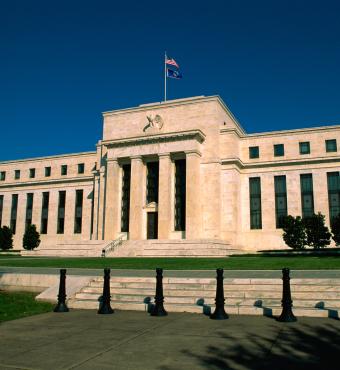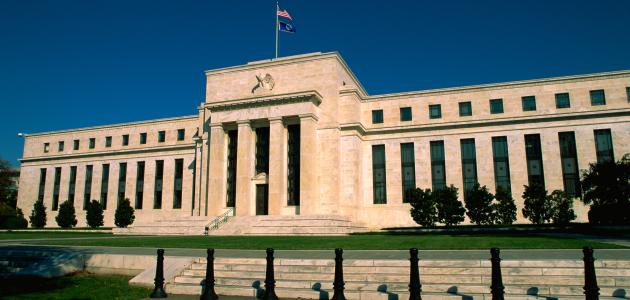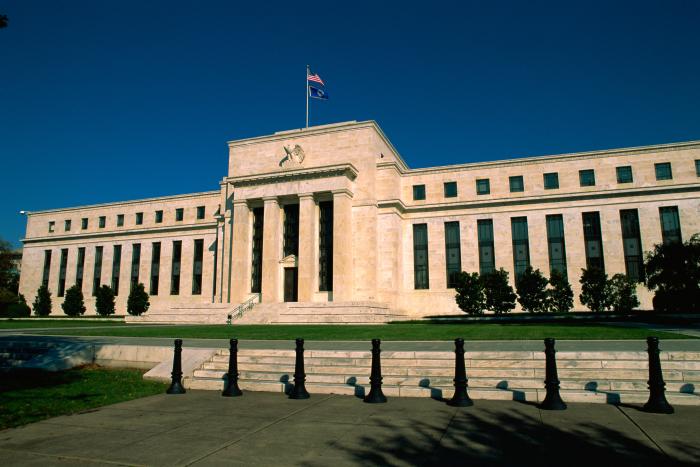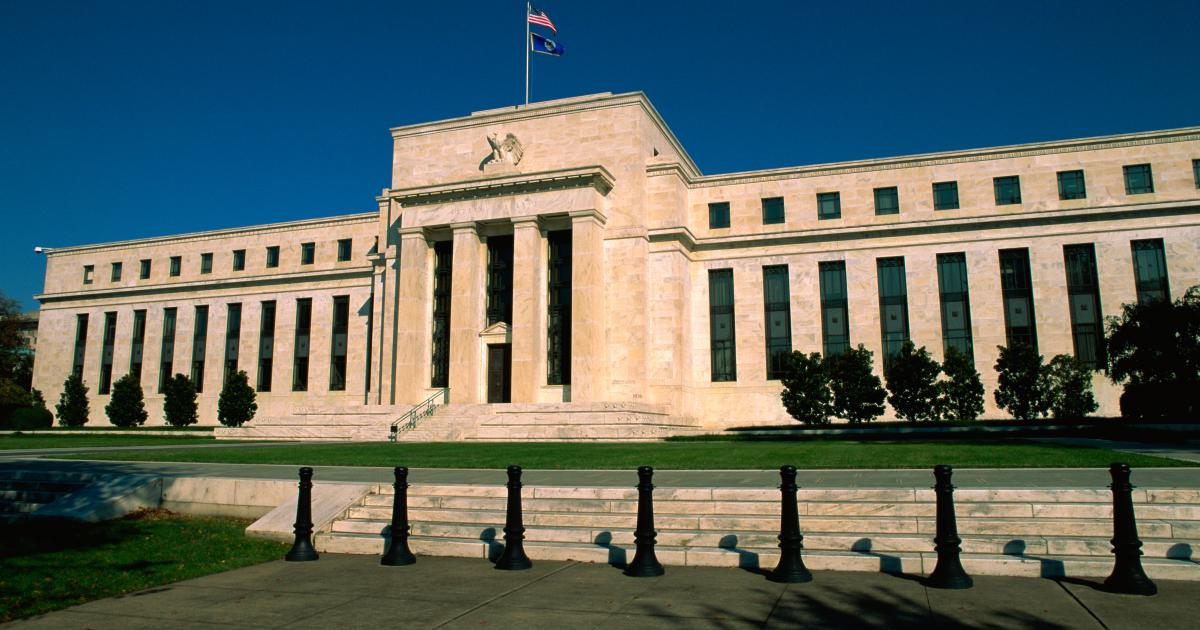- Economics
- US Labor Market
- Monetary Policy
- Law & Policy
- Regulation & Property Rights
In a recent op-ed for this newspaper, we proffered an explanation for a phenomenon that most macroeconomic models cannot adequately explain: Why is investment in U.S. financial assets so strong and investment in the real economy so modest?
Former U.S. Treasury secretary and Harvard president Larry Summers took issue with our views on his blog. He was one of the principal architects of the U.S. government’s fiscal and regulatory response, and is among the foremost defenders of the recent conduct of monetary policy. So, Mr. Summers is understandably a fierce defender of the current regime. But his breathless defense of the consequences of extraordinary monetary policy reveals a troubling immodesty.
We would suggest more humility in considering the full consequences that may arise from the new tools and tendencies in the conduct of monetary policy.
First, Mr. Summers mischaracterizes what he calls the “Spence-Warsh doctrine.” He sets out the straw man for his censure, stating Spence and Warsh believe “overly easy monetary policy reduces business investment.” This is an interesting proposition, but it does not happen to be the one we make. Instead, we posit something quite different: “QE [quantitative easing] has redirected capital from the real domestic economy to financial assets.”
By conflating low interest-rate policy with the use of QE, Mr. Summers apparently believes that these policy tools are similar in application and effect. We disagree. We believe that QE is fundamentally different in kind than standard-issue low rate policy. And QE, we argue, appears to work through different transmission mechanisms than the standard conduct of monetary policy. Event studies in the U.S. and abroad suggest that QE appears to have far great effect through the asset price channel than the lending, credit and confidence channels. As a result, risk assets like stocks respond to QE more robustly than does the real side of the economy.
We are not alone in questioning the conventional analysis of the effects of QE. Policy makers around the world are increasingly signaling their interest in considering alternative policy responses to supplement or supplant QE, including negative deposit rates and negative nominal interest rates. Perhaps it is the distributional consequences of QE that are causing reconsideration in the official sector. Or perhaps, the lack of vigor in business confidence and capital expenditures are catalyzing more rigorous introspection by central-bank practitioners than those on the sidelines.
Second, Mr. Summers dismisses altogether the possibility of counterproductive economic consequences in the choice between capital expenditures and share repurchases: “I would have supposed that the choice between real investments and share repurchases would depend on their relative price. If as Spence and Warsh assert QE has raised stock prices this should tilt the balance towards real investment.”
Mr. Summers’s assertion sounds sensible enough. But data from the recent period indicates that something more than relative price changes are at work. The choice may well depend on the relative risk-adjusted expected returns. In fact, share buybacks increased significantly throughout the economic expansion even as share prices reached record levels. Revenue growth for the S&P 500 slowed markedly in recent years, and the national income and product accounts (NIPA) data show stagnant operating profits during the past 14 quarters. All-the-while, U.S. public companies chose to engage in record share buybacks at higher share prices and higher P/E multiples. Economic theory might have something to learn from recent empirical data, and from promising new thinking in behavioral economics.
Third, Mr. Summers demands any theory of low investment spending be supported by “peer reviewed economic research.” Yet, for conventional macroeconomics, low investment in this economic cycle runs counter to the predictions of leading dynamic stochastic general equilibrium (DSGE) models. And low capital investment is at great odds with the promised portfolio balance channel effects of sustained QE. Empirically, business investment continues to be anomalously low when compared with prior business cycles (as shown in the nearby chart sourced from Morgan Stanley Research).
We acknowledge that U.S. economic performance is better than many other major developed economies. But we are unwilling to resort to a theory of “secular stagnation” to rationalize modest economic performance and low investment. We suggest an alternative explanation that focuses on the interaction of the new conduct of monetary policy with the level and composition of aggregate demand. The importance of the policy issue demands a rigorous and open-minded discussion.
Hoover Institution fellows Michael Spence, a 2001 Nobel laureate in economics, of New York University, and Kevin Warsh, a former Fed governor, of Stanford, are two of the authors of “Growing Global: Lessons for the New Enterprise” (Center for Global Enterprise, 2015).







